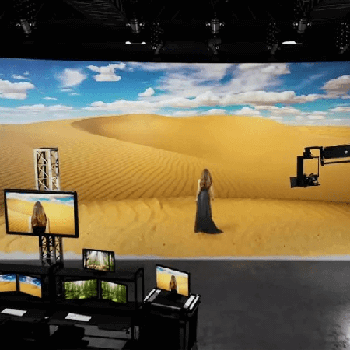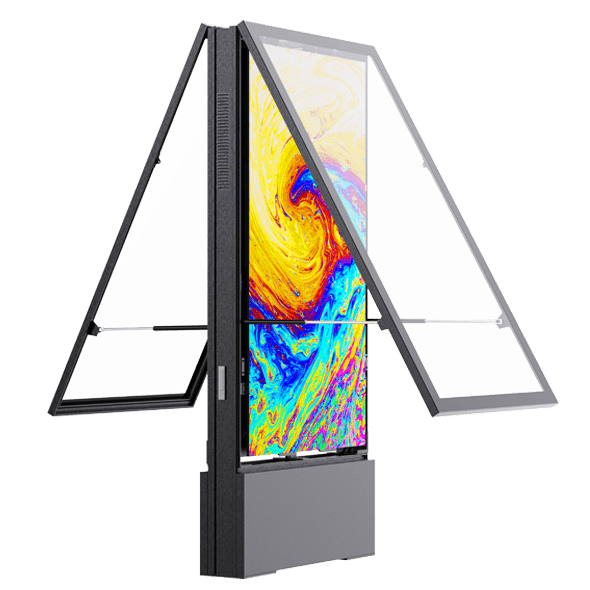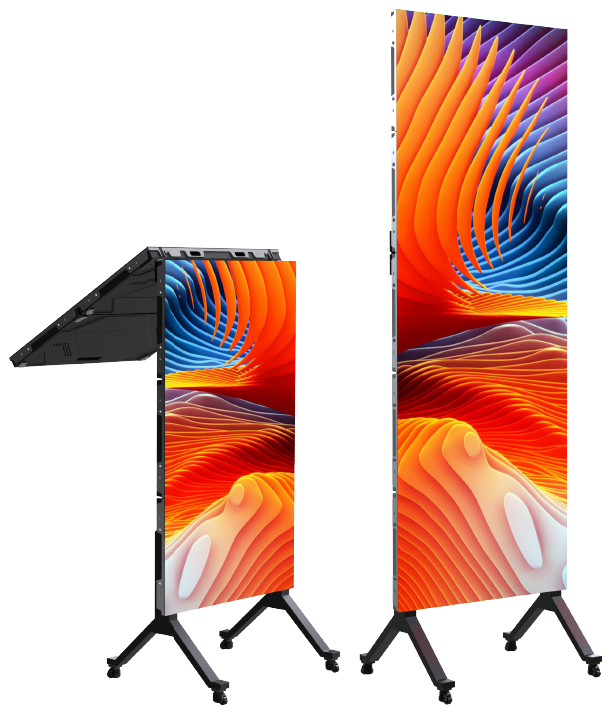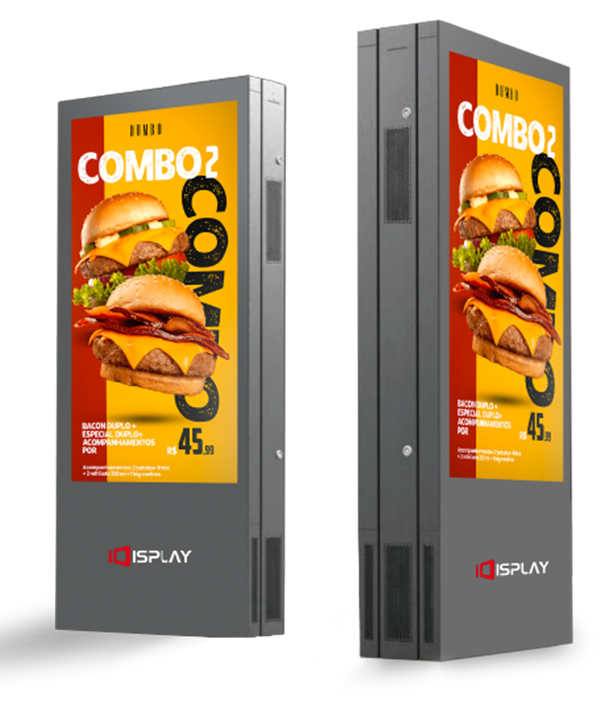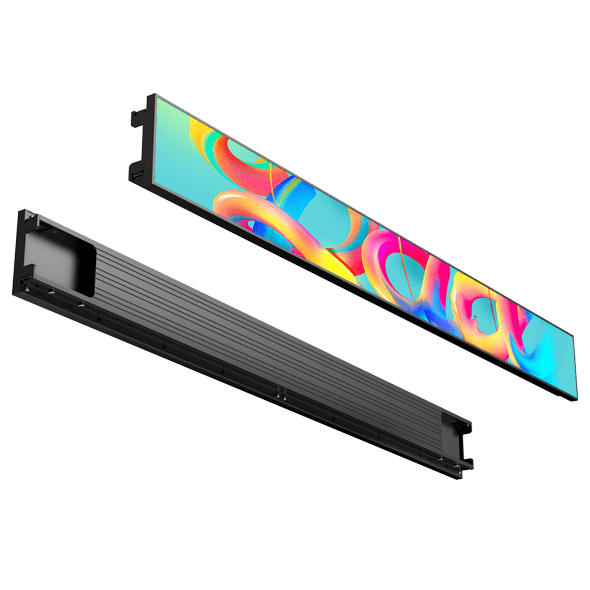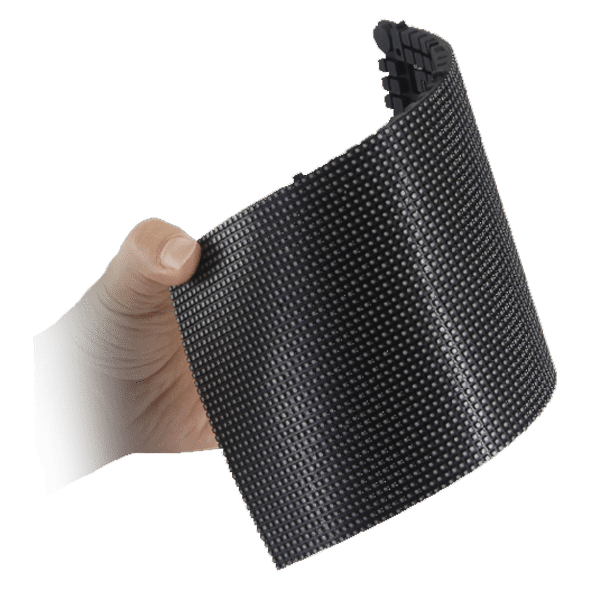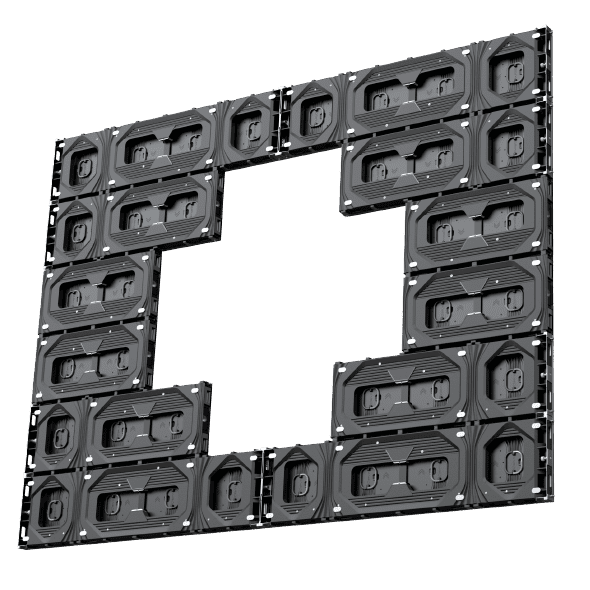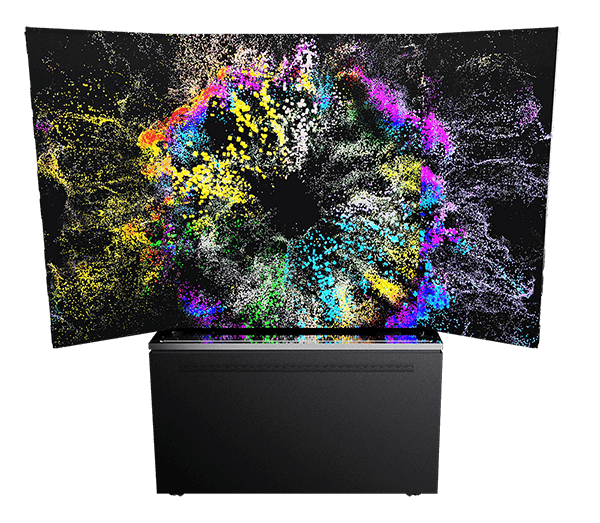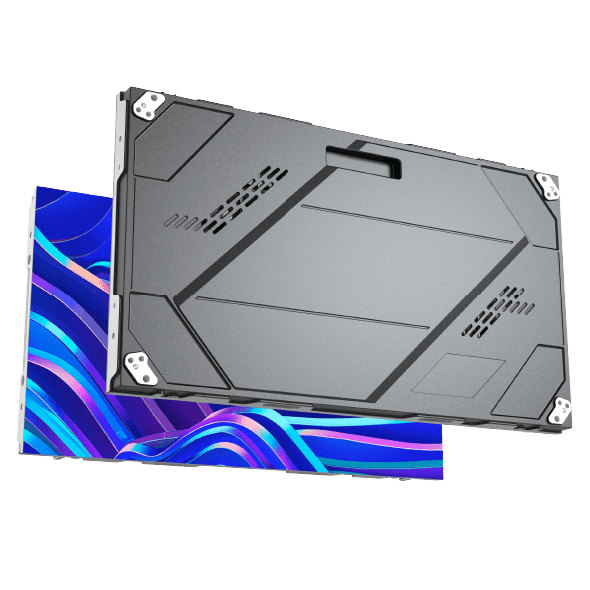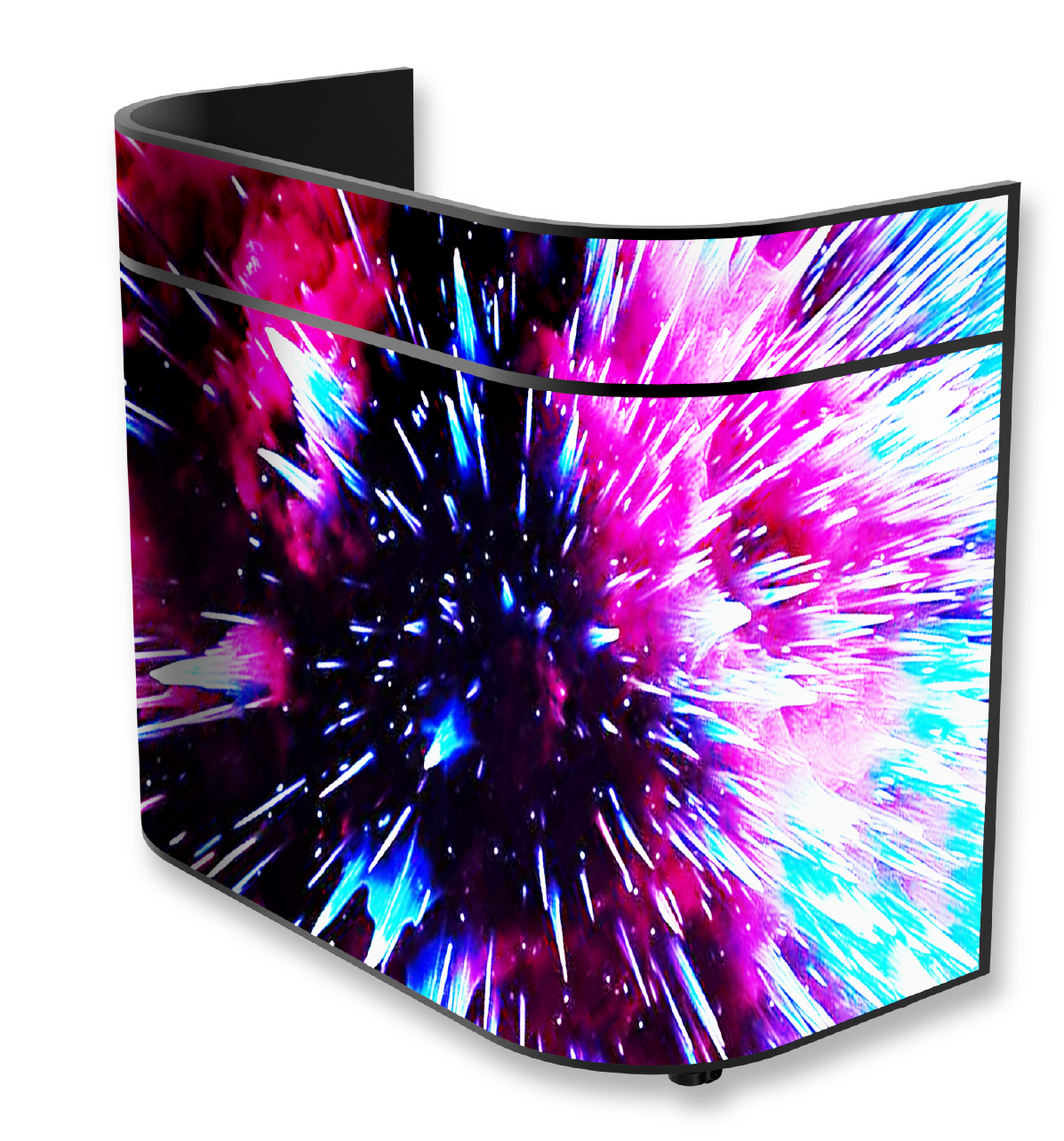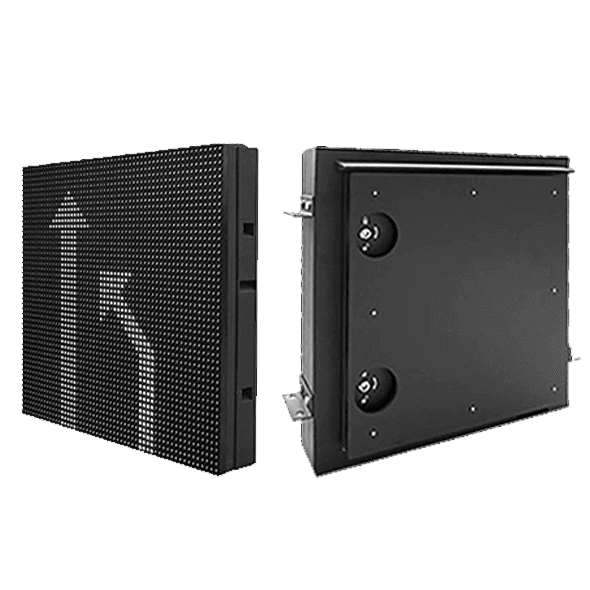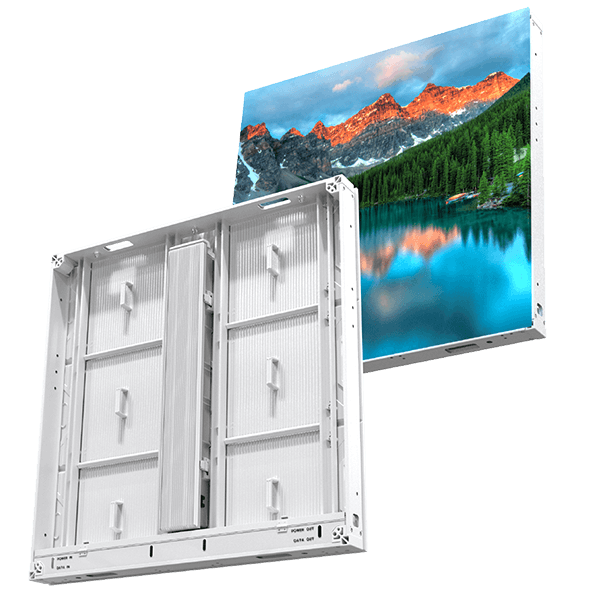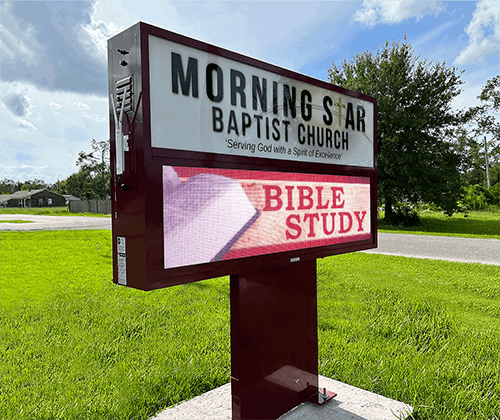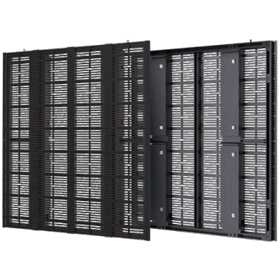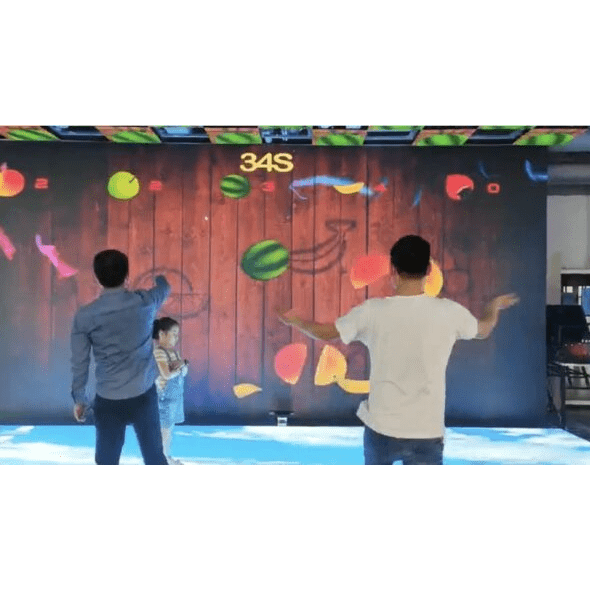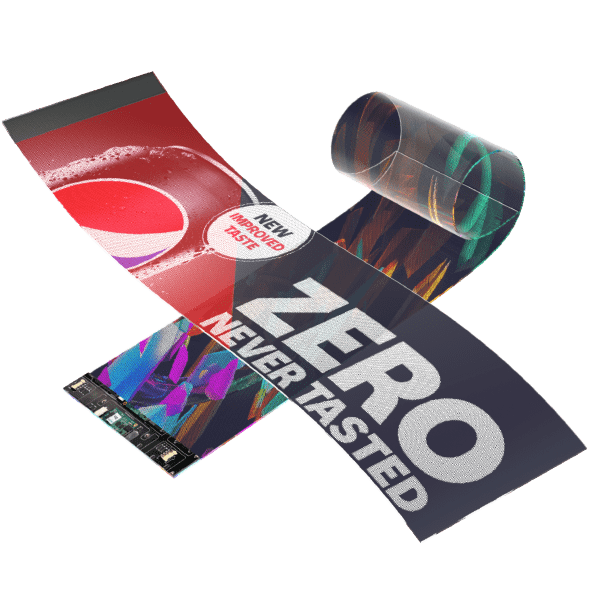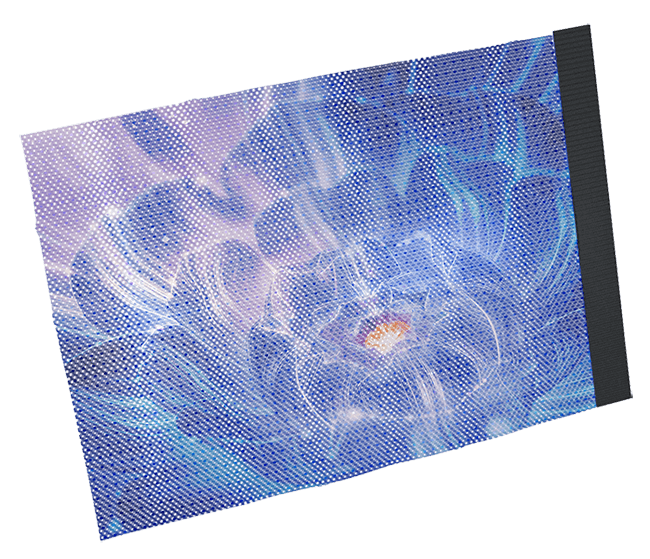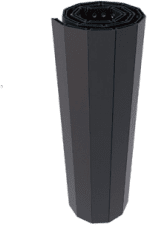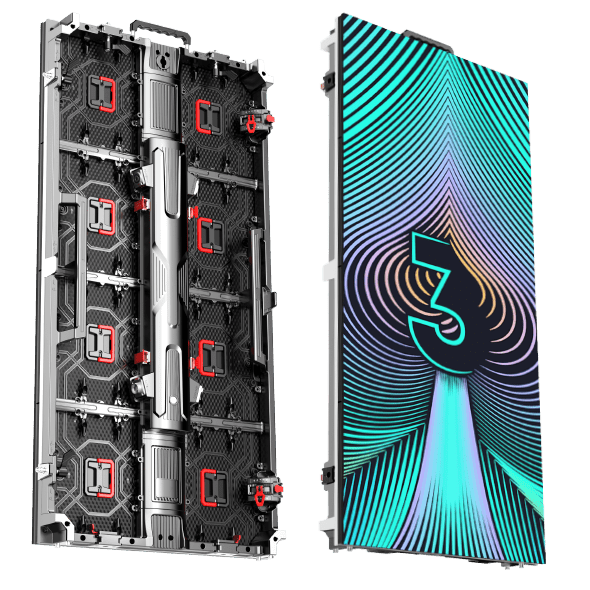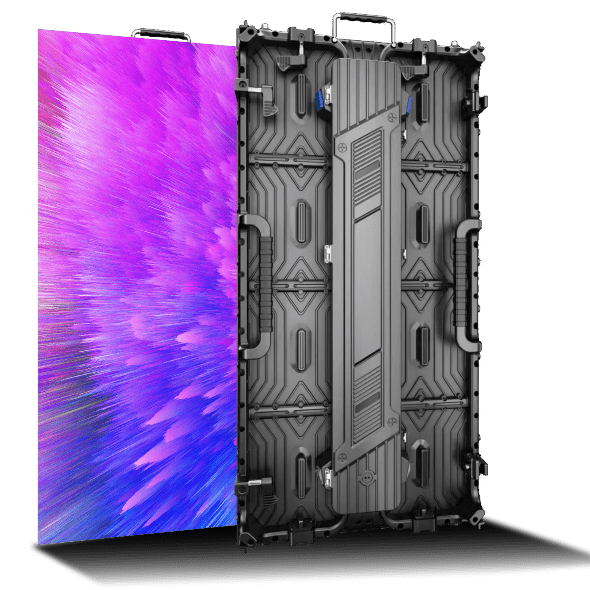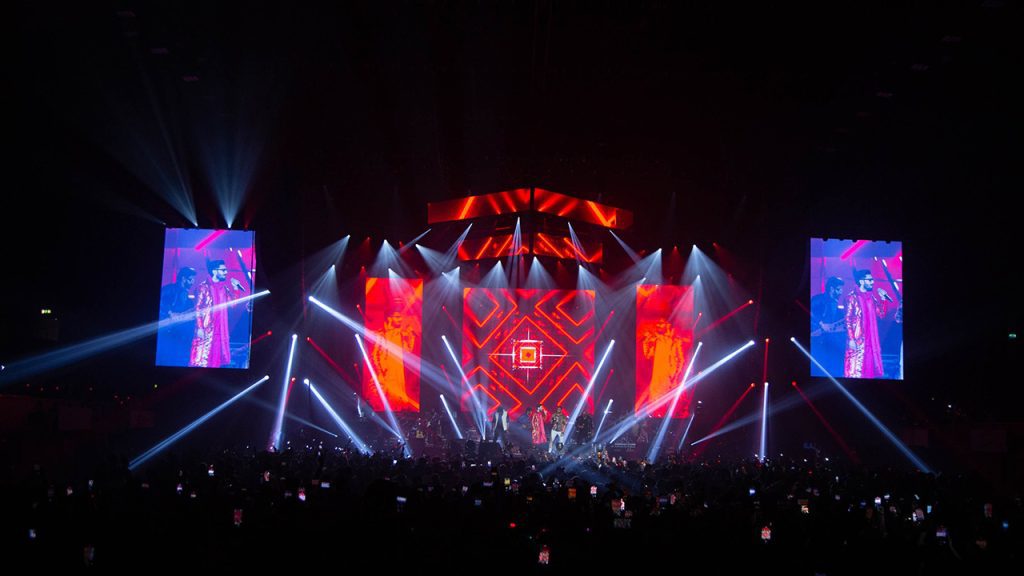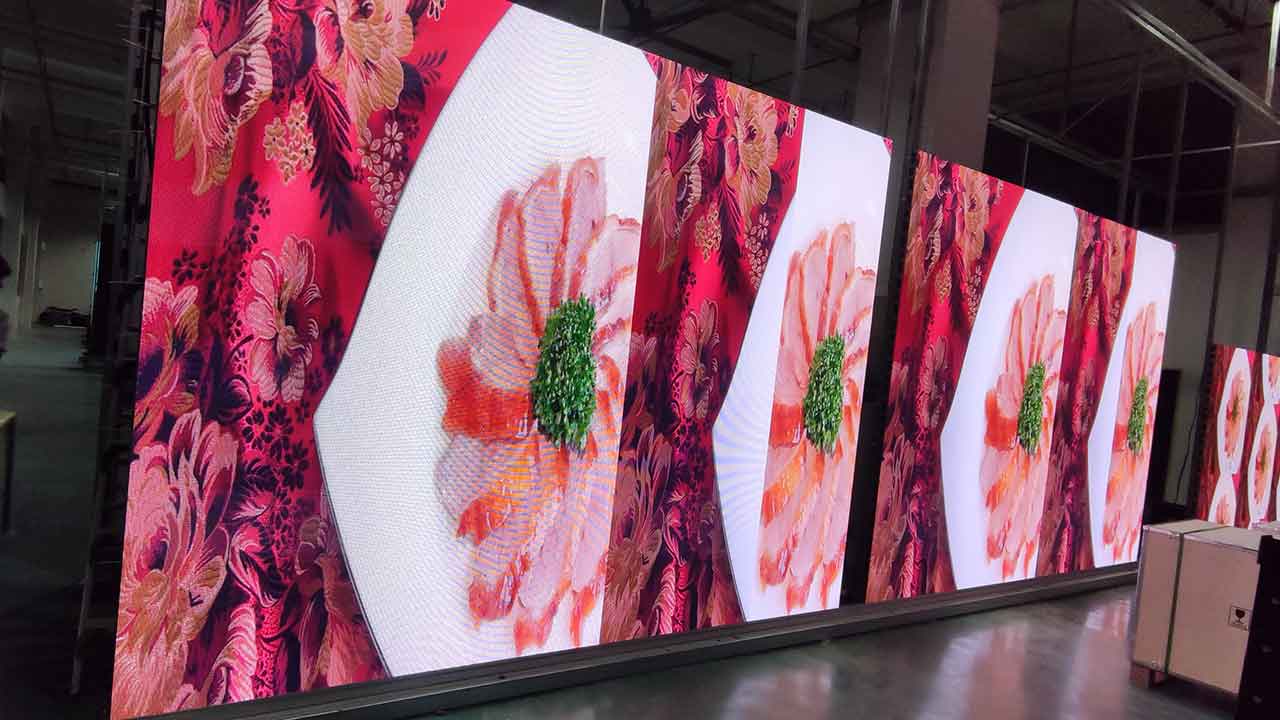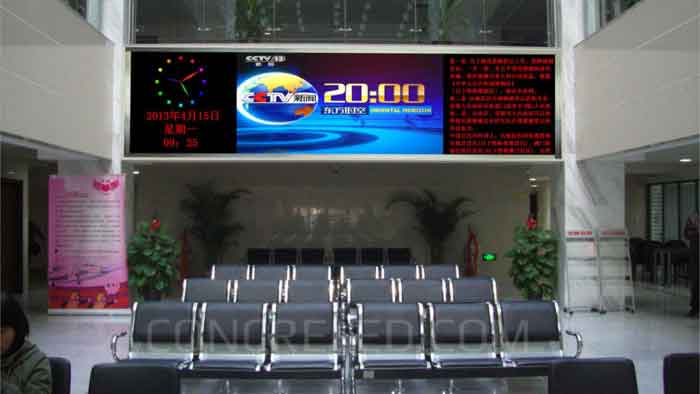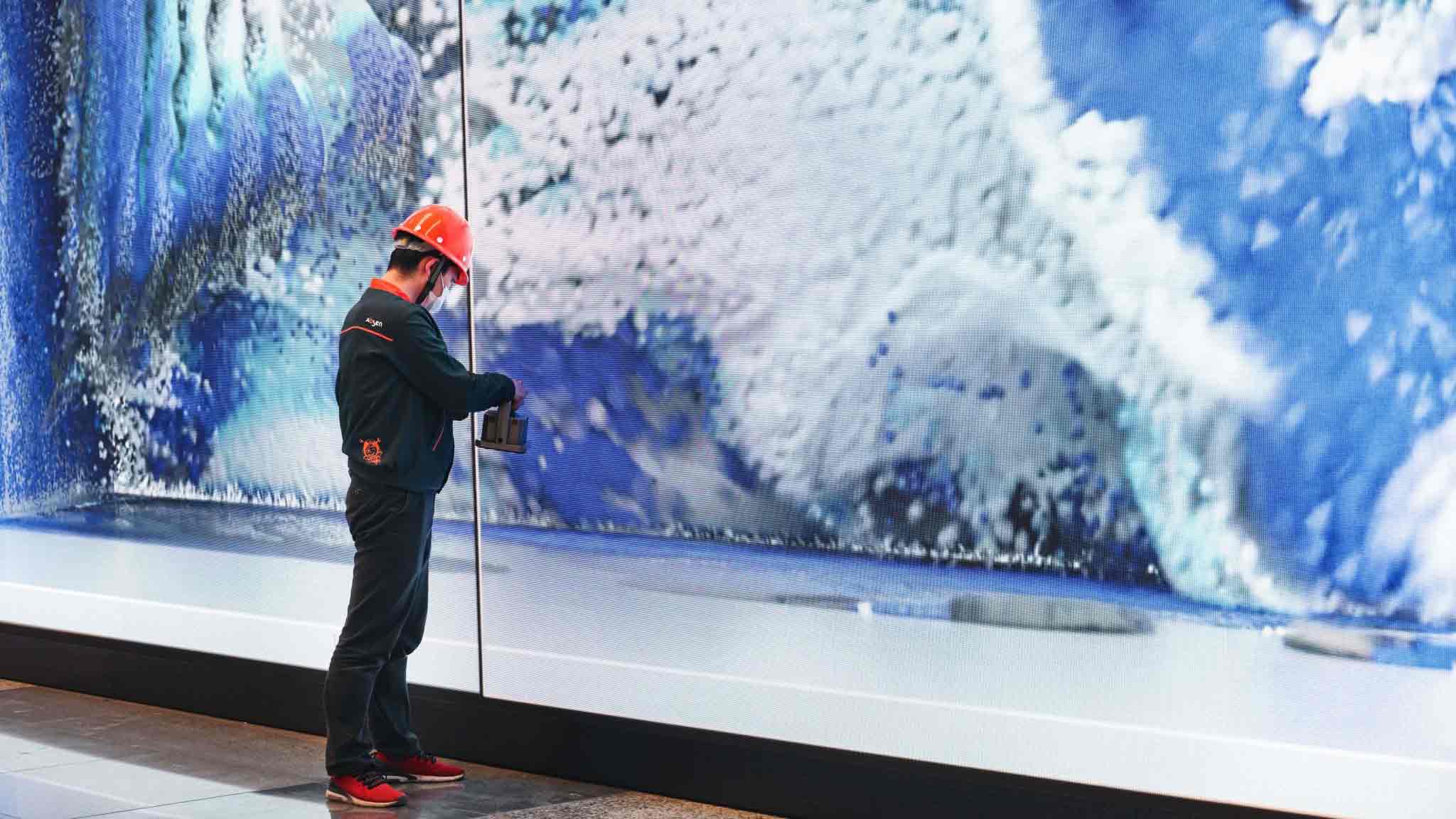
With the continuous advancement of technology, LED display screens have become increasingly prevalent in various aspects of our daily lives. From shop advertisements and architectural displays to exhibitions, broadcasting, and sports venues, LED screens are now indispensable. As electronic products, LED displays require maintenance and repair after a period of use or in the event of a malfunction. The maintenance methods for LED screens are generally divided into front access maintenance and rear access maintenance.
What is a Front Access LED Screen?
Front access maintenance refers to the ability to perform maintenance tasks from the front of the screen. In a front service LED screen, the LED modules are secured to the cabinet with magnetic elements. To disassemble, one simply needs to make contact with the surface of the cabinet and use a suction cup tool to remove the LED module from the cabinet, allowing for front access maintenance.
Advantages of Front Access Maintenance:
Space-Saving:
The primary advantage of front access maintenance is its ability to save space. This method is particularly useful for indoor LED screens where space is at a premium, and maintenance channels are limited. By integrating seamlessly with the surrounding environment and reducing the overall thickness of the LED display structure, front service LED displays are often used with wall-mounted installations.
Ease of Maintenance:
Front access maintenance allows for independent maintenance without the need to remove wires, making the process quicker and simpler. A single technician can disassemble and maintain a specific LED or pixel, resulting in high maintenance efficiency and low costs.
Enhanced Integration:
The front access maintenance mode enables the display screen to be thinner and lighter, blending harmoniously with the surrounding architecture and enhancing the indoor visual experience.
What is Rear Access Maintenance?
Rear access maintenance involves performing maintenance tasks from the back of the large screen. This method requires leaving sufficient maintenance access at the rear, typically a width of about 70 cm to 1 meter.
Advantages of Rear Access Maintenance:
Cost-Effective:
Rear access maintenance is generally more affordable and efficient, making it suitable for large outdoor LED displays, roof-mounted, wall-mounted, and column-mounted installations.
Convenience:
The inspection and maintenance process is straightforward and efficient. However, the overall technical requirements are higher, and the installation and removal process can be more complex.
Comparison of Front and Rear Access Maintenance
Front Access Maintenance:
- Saves space and integrates well with indoor environments.
- Supports independent maintenance, reducing downtime and maintenance costs.
- No need to remove wires, enabling quick and easy maintenance.
- Suitable for indoor applications where space is limited.
Rear Access Maintenance:
- More cost-effective and efficient for large-scale outdoor installations.
- Requires sufficient space for maintenance access at the back.
- Better suited for outdoor LED displays and installations where space is less of a concern.
Schlussfolgerung
Both front and rear access maintenance methods have their unique advantages and are suited to different applications. Front access LED screens are ideal for indoor environments where space-saving and ease of maintenance are critical. On the other hand, rear access maintenance is more suitable for large outdoor installations where cost-effectiveness and maintenance efficiency are prioritized. Understanding the specific requirements of your LED display installation will help you choose the right maintenance method and ensure the longevity and performance of your LED screens.

